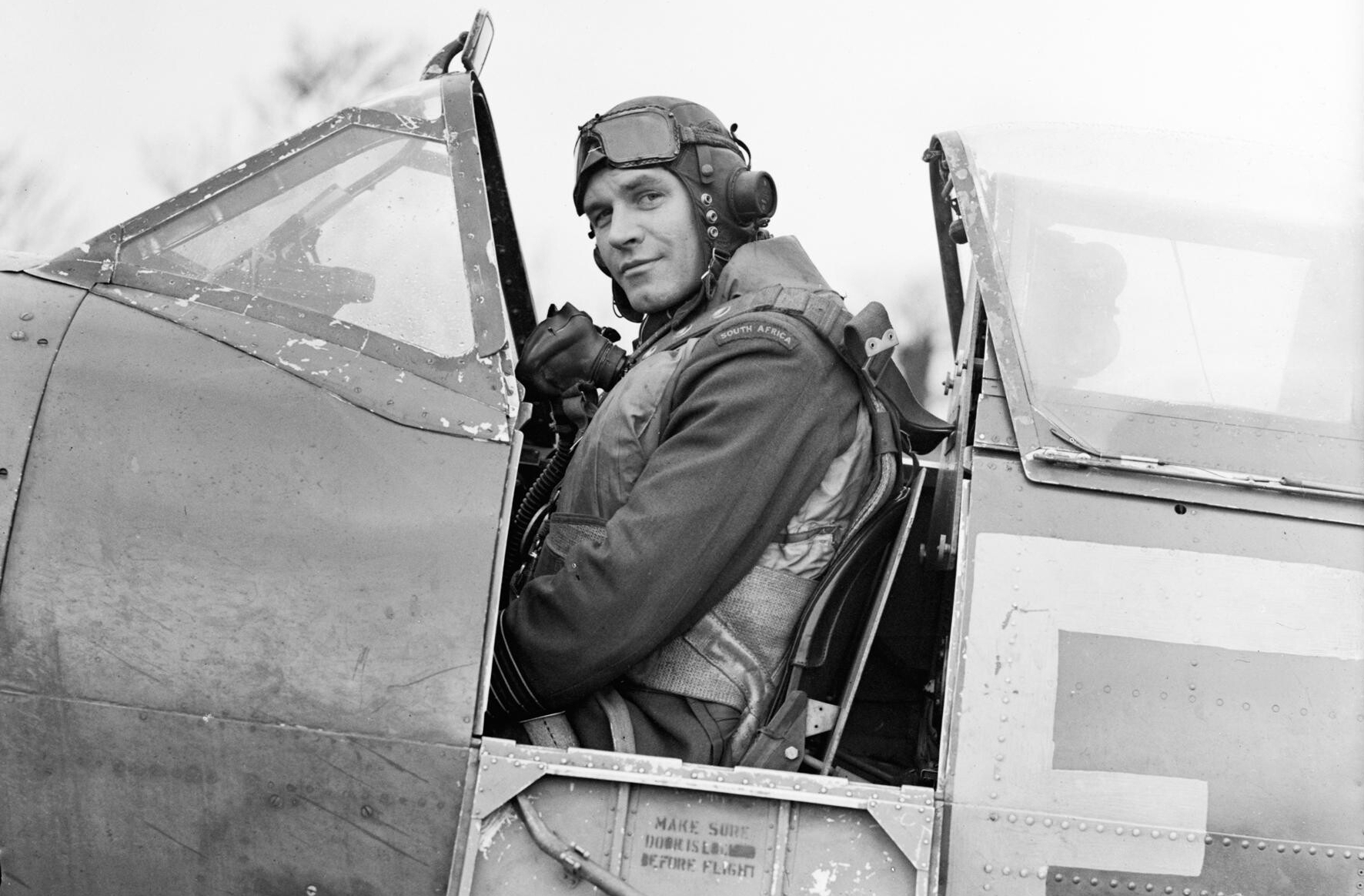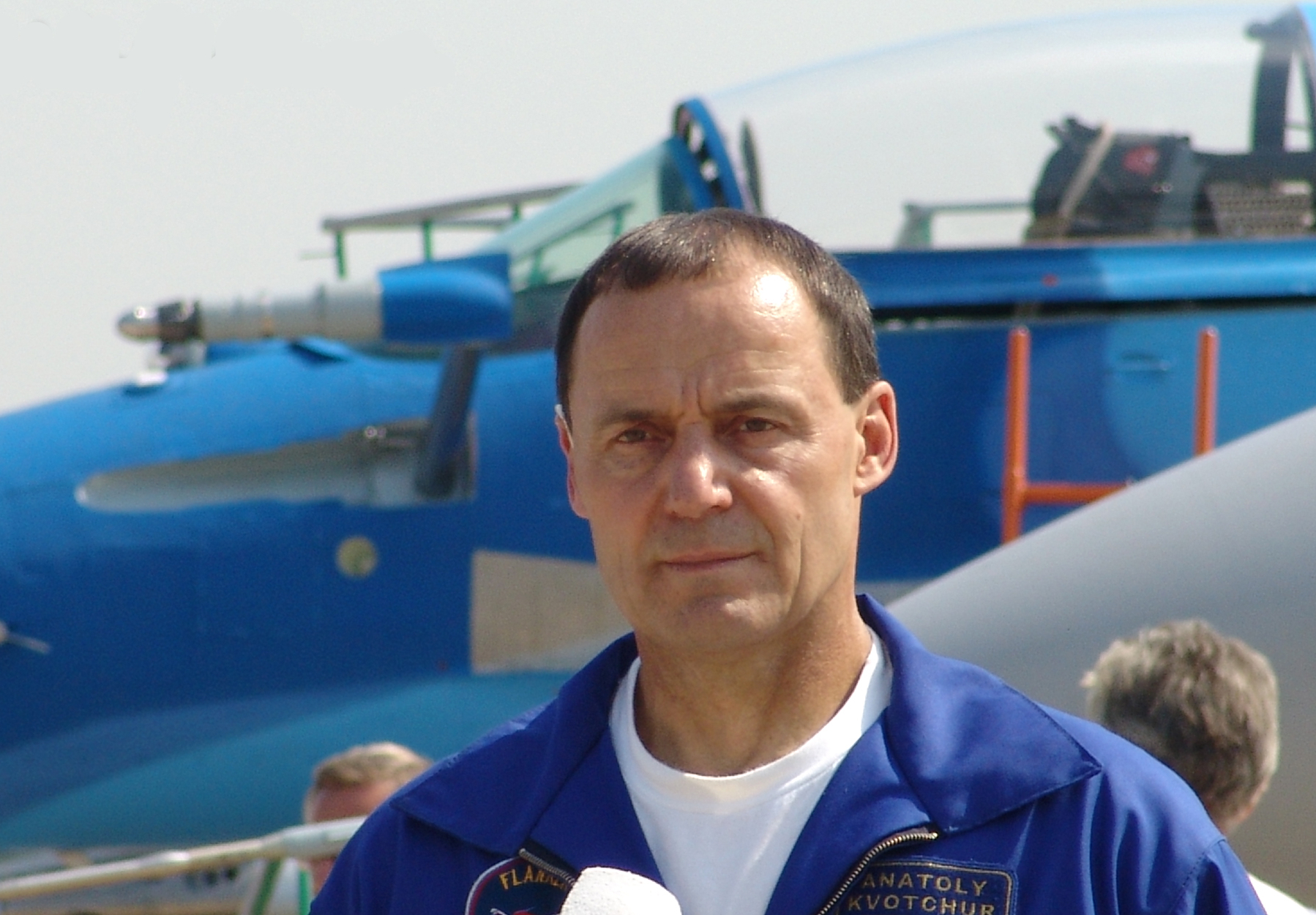Made For The Skies
Flight has always been one of the dreams of humankind. Some of our most ancient myths, like that of Icarus, dream of the freedom of soaring through the skies. Humans being humans, once we solved the mystery of flight, some of the greatest fliers in history emerged during wartime.

Who Were They Fighting For?
Ace fighter pilots found their fame on all sides of the wars they fought in. Many flew for political powers that, in hindsight, are difficult for modern people to understand. While we may not agree with what they fought for, we can agree that they were amazing pilots, worthy of remembrance.
 U.S. Air Force photo, Wikimedia Commons
U.S. Air Force photo, Wikimedia Commons
Air Combat Through History
Well before powered flight was possible, manned kites were used in ancient China as silent spy and communication devices. Hot air balloons, too, were used as an early form of aerial warfare, including the formation of the Union Army Balloon Corps during the American Civil War.
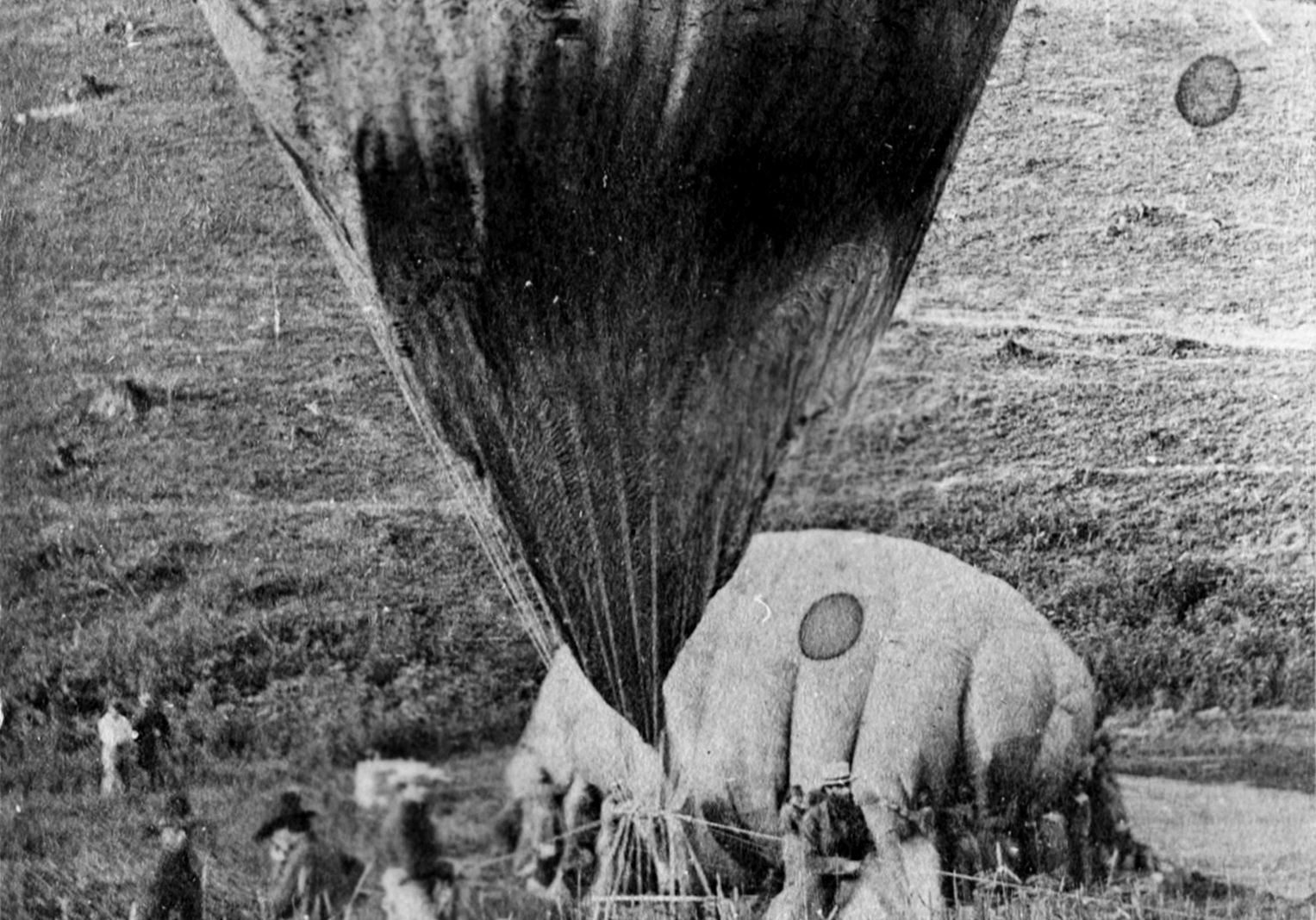 Mathew Benjamin Brady, Wikimedia Commons
Mathew Benjamin Brady, Wikimedia Commons
Powered Flight in Wartime
The famous Wright Brothers completed the first successful powered flight at Kitty Hawk in 1903. It didn’t take long for militaries worldwide to realize the advantages of powered aerial combat. The first use of airplanes in a war was only 8 years later, during the Italo-Turkish War of 1911-1912.
 Unknown Author, Wikimedia Commons
Unknown Author, Wikimedia Commons
The First World War
The first ace pilots emerged during the First World War of 1914 - 1918. The Allied and Central powers utilized airplanes for surveillance and combat during the war. Most of the combat took place in Europe and the Middle East, as well as parts of Africa and Asia-Pacific.
 Museum of Yugoslav Aviation, Wikimedia Commons
Museum of Yugoslav Aviation, Wikimedia Commons
Manfred von Richthofen
Manfred von Richthofen flew a bright red, three-winged plane for Germany during the First World War. His colorful vehicle earned him the nickname “The Red Baron”, and he is credited with 80 kills during WWI. He is popularly known as the nemesis of Snoopy in the Peanuts comics when the little beagle would pretend to be a WWI flying ace.
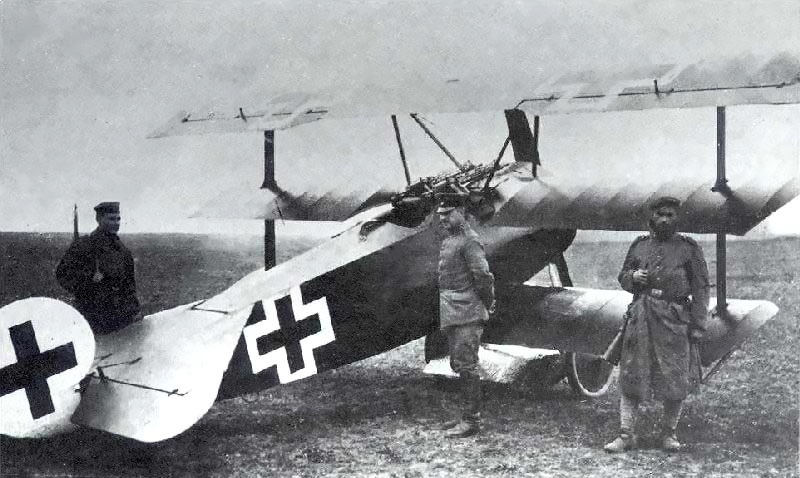 Unknown author, Wikimedia Commons
Unknown author, Wikimedia Commons
Ernst Udet
Many ace pilots did not survive their respective wars. Ernst Udet is the top German pilot to survive the First World War. He flew with the Red Baron during WWI and is credited with 62 victories during his career.
 Unknown Author, Wikimedia Commons
Unknown Author, Wikimedia Commons
Adolphe Pégoud
Adolphe Pégoud is considered to be the first combat flying ace in history, with 6 aerial victories to his name. He is also the first pilot to have completed a loop during flight. Pégoud met an ironic end - he was shot down by a German pilot, one he taught to fly before the beginning of the First World War.
 Unknown Author, Wikimedia Commons
Unknown Author, Wikimedia Commons
Edward Mannock
This hot-tempered Irish flying ace was one of the first theorists of aviation tactics. Mannock scored at least 61 victories in aerial combat but was more concerned with killing Nazis than keeping track of his scores.
 Unknown Author, Wikimedia Commons
Unknown Author, Wikimedia Commons
Fred McCall
Canadian air ace Fred McCall was a decorated pilot with at least 35 confirmed victories to his credit. After the war, he became a stunt pilot. While performing at the Calgary Stampede in 1919, his plane lost power and McCall expertly landed it on top of a merry-go-round, avoiding injury to himself, his passengers, and the watching crowds.
 Edmonton Sun, Wikimedia Commons
Edmonton Sun, Wikimedia Commons
René Fonck
The top Allied ace in WWI, René Fonck, also flew in the Second World War. He is remembered for having the most combined kills through both World Wars, with a confirmed total of 75 victories. Despite being a remarkable pilot, those who knew him said he was a braggart and anti-social.
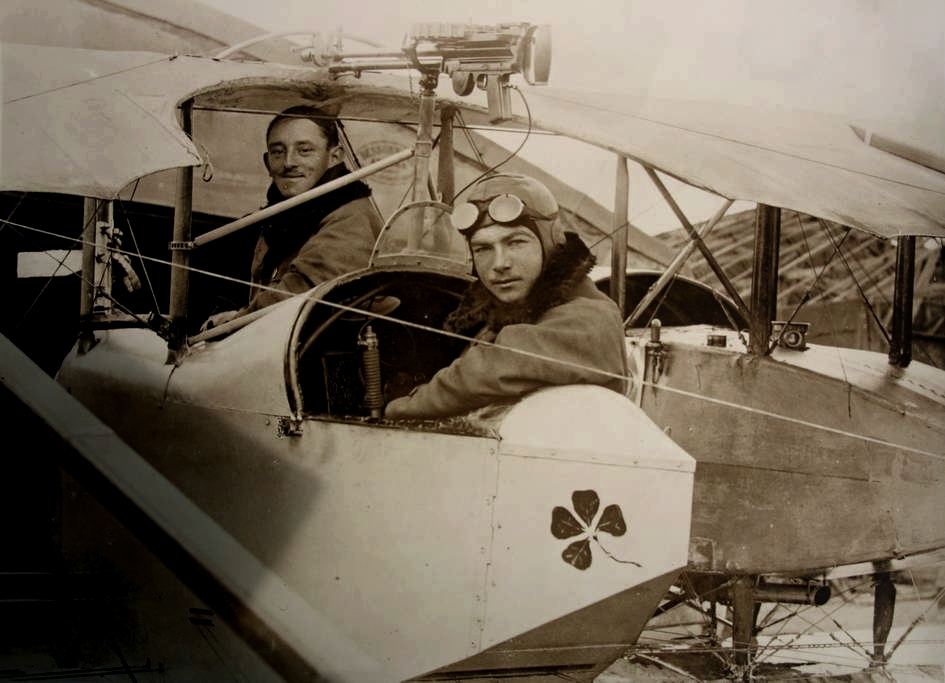 Unknown Author, Wikimedia Commons
Unknown Author, Wikimedia Commons
The Second World War
During the relatively peaceful inter-war period of 1919-1939, aircraft technology rapidly advanced. Wooden biplanes began to give way to single-wing planes made out of metal. Large bombers were developed that became a major force in the Second World War.
 whatsthatpicture, CC BY 2.0, Wikimedia Commons
whatsthatpicture, CC BY 2.0, Wikimedia Commons
Erich Hartmann
Based on confirmed kills, Erich Hartmann is the most successful fighter pilot of all time. He is credited with a staggering 352 victories and, unlike many German aces of the time, was never shot down and survived to become a flight instructor after the defeat of the Nazis in 1944.
 Unknown Author, Wikimedia Commons
Unknown Author, Wikimedia Commons
Richard Bong
The USA’s highest-scoring fighter ace, Richard Bong flew in the Pacific campaign and racked up 40 confirmed kills. Bong was only 20 when he joined the U.S. Army Air Corps, and sadly died only a few years later while testing Lockheed’s P-80 Shooting Star plane.
 US Federal Government, Wikimedia Commons
US Federal Government, Wikimedia Commons
Douglas Bader
Douglas Bader was a squadron leader during the Battle of Britain, and he and his crew had a confirmed 67 kills. What makes Bader stand out from many other aces, even those with higher scores, is that he was paraplegic, having lost both his legs in an aviation accident in 1931!
 Stanley Arthur Devon, Wikimedia Commons
Stanley Arthur Devon, Wikimedia Commons
Gregory Boyington
One of the greatest tragedies about most wars is the young age of many of those who fight in them. Gregory Boyington, though he got a young start as a pilot, was among the older people to fly combat missions in the Pacific theater during World War II, making most of his notable missions in his early 30s.
 United States Marine, Wikimedia Commons
United States Marine, Wikimedia Commons
Ivan Kozhedub
Ivan Kozhedub is remembered as the highest-scoring Allied ace of the Second World War. The Soviet pilot has 64 confirmed kills in less than 2 years of action on the front. He is also known as one of the few pilots to shoot down the German Me-262, an early jet fighter.
 Mil.ru, CC BY 4.0, Wikimedia Commons
Mil.ru, CC BY 4.0, Wikimedia Commons
Chuck Yeager
Known for being the first pilot to break the sound barrier, and for having a famous computer flight simulator named after him, Chuck Yeager was also one of the most skilled pilots to fly for the U.S.A. during the Second World War. In October 1944, he became the first pilot in his group to shoot down 5 enemy craft in a day, earning the title “ace in a day”.
 U.S. Air Force photo, Wikimedia Commons
U.S. Air Force photo, Wikimedia Commons
Hans-Joachim Marseille
A flier for the Axis powers during the Second World War, Hans-Joachim Marseille was nicknamed “The Star of Africa” for his exploits in the North African campaign. Marseille was an unorthodox pilot and racked up 158 kills before dying in a plane accident in 1942.
 Oppitz, CC-BY-SA 3.0, Wikimedia Commons
Oppitz, CC-BY-SA 3.0, Wikimedia Commons
Hans-Ulrich Rudel
Rudel is credited with shooting down only 9 enemy aircraft. His status as a flying ace comes from the fact that he piloted a dive bomber and was responsible for the destruction of over 800 land vehicles during his 2,530 missions. Even after losing a leg when shot down, Rudel continued flying until the end of the war.
 Grosse, CC-BY-SA 3.0, Wikimedia Commons
Grosse, CC-BY-SA 3.0, Wikimedia Commons
Marmaduke Pattle
Born in South Africa, Marmaduke Pattle attempted to join the South African Air Force in 1936 but was rejected. He joined the British RAF a year later and was stationed in Egypt when WWII broke out. Credited with over 40 kills, Pattle also gained the title “Ace-in-a-day” for scoring 5 or more victories in a single day.
 Royal Air Force Photographer, Wikimedia Commons
Royal Air Force Photographer, Wikimedia Commons
Ilmari Juutilainen
Finland’s Ilmari Juutilaninen won 94 victories as a flying ace, all against Soviet forces in the Second World War. He is rare for being one of the few ace pilots whose plane was never damaged by enemy fire. His last flight was in 1997, 62 years after having become a pilot.
 Finnish Wartime Photograph Archive, CC BY 4.0, Wikimedia Commons
Finnish Wartime Photograph Archive, CC BY 4.0, Wikimedia Commons
Tetsuzo Iwamoto
Tetsuzo Iwamoto began his ace flying career during the Second Sino-Japanese War, scoring 14 victories. The rest of his confirmed kills were during the Pacific campaign of the Second World War, in which he downed 80 enemy aircraft. Iwamoto also trained kamikaze pilots near the end of the war.
Hiroyoshi Nishizawa
Hiroyoshi Nishizawa was the highest-scoring Japanese fighter ace during the Second World War. In total, he had 87 confirmed kills during his 8-year career from 1936 to 1944.
Constantin Cantacuzino
A top Axis ace, Constantin Cantacuzino is credited with 69 confirmed kills, and a possible 8 more unconfirmed. He was Romanian and is remembered as that country’s top fighter ace.
Adolph Malan
A South African air ace, Adolph Malan is remembered for his role as a wing commander at Biggin Hill, an important staging ground during the Battle of Britain. After the war, he returned to South Africa and became a vocal critic of the government’s apartheid regime.
James Edgar Johnson
One of the most iconic airplanes of the Second World War is the Supermarine Spitfire, or Spitfire for short. James Edgar Johnson, a British pilot, holds the record for confirmed kills in a Spitfire at 38 enemy craft shot down.
 British Serviceman, Wikimedia Commons
British Serviceman, Wikimedia Commons
Adolf Galland
This German flying ace has far fewer confirmed kills than many Axis fliers, but was so highly regarded for his battlefield bravery that he was promoted to the rank of general before he was 30 years old. During his 705 combat missions, Galland refused to fire at parachuting pilots, believing such a practice to be unfair.
 Heinrich Hoffmann, CC-BY-SA 3.0, Wikimedia Commons
Heinrich Hoffmann, CC-BY-SA 3.0, Wikimedia Commons
Heinz-Wolfgang Schnaufer
The 121 confirmed victories of this Axis pilot are notable for one reason: they all happened at night. Heinz-Wolfgang Schnaufer and his crew flew missions against British bombers as they attempted bombing runs under cover of darkness.
 Unknown Author, Wikimedia Commons
Unknown Author, Wikimedia Commons
James Doolittle
James Doolittle claims a place in the history of great pilots for his participation in the Tokyo Raid in World War II, otherwise known as the “Dolittle Raid”. This was the first American strike on mainland Japan in the War, and was seen, despite heavy losses, as a win for American morale in the Pacific theater.
 Unknown Author, Wikimedia Commons
Unknown Author, Wikimedia Commons
Robin Olds
An American pilot who straddled two of the US’s biggest military forays, Robin Olds flew in both the Second World War and the Vietnam War. Olds was known not only for his flying skills but also his strategic acumen and leadership. And, apparently, for his trademark mustache!
 Official USAF Photograph, Wikimedia Commons
Official USAF Photograph, Wikimedia Commons
The Jet Era
Near the end of the Second World War, and into the latter half of the 20th century, airplanes moved away from propeller-powered flight and embraced jet engines. Aerial combat became quite different, due to the speeds at which planes now flew, and the distances from which weapons could be fired.
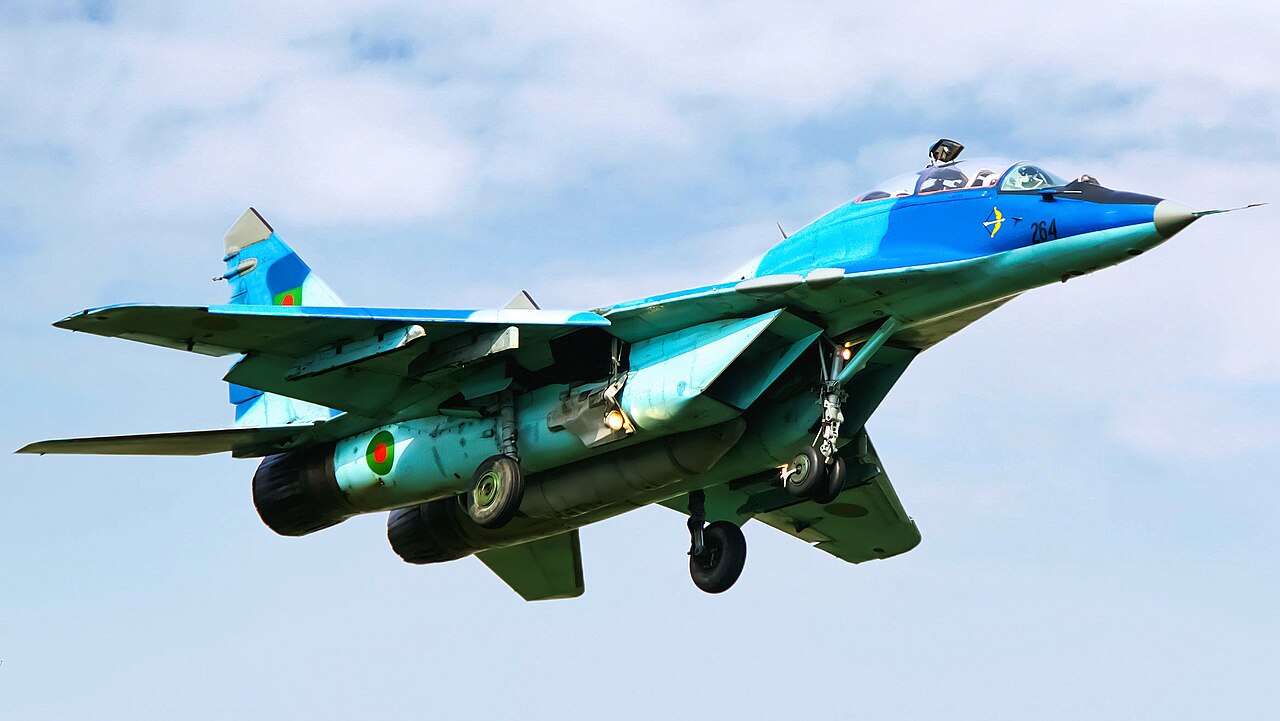 Md Shaifuzzaman Ayon, CC BY-SA 4.0, Wikimedia Commons
Md Shaifuzzaman Ayon, CC BY-SA 4.0, Wikimedia Commons
Giora Epstein
Israeli pilot Giora Epstein is considered the “ace of aces” of the jet era, racking up 17 confirmed victories over the course of his career. He flew during the 1967 Six-Day War and the 1973 Yom Kippur War. He was also known for his remarkable eyesight, earning the nickname “Hawkeye” during his piloting career.
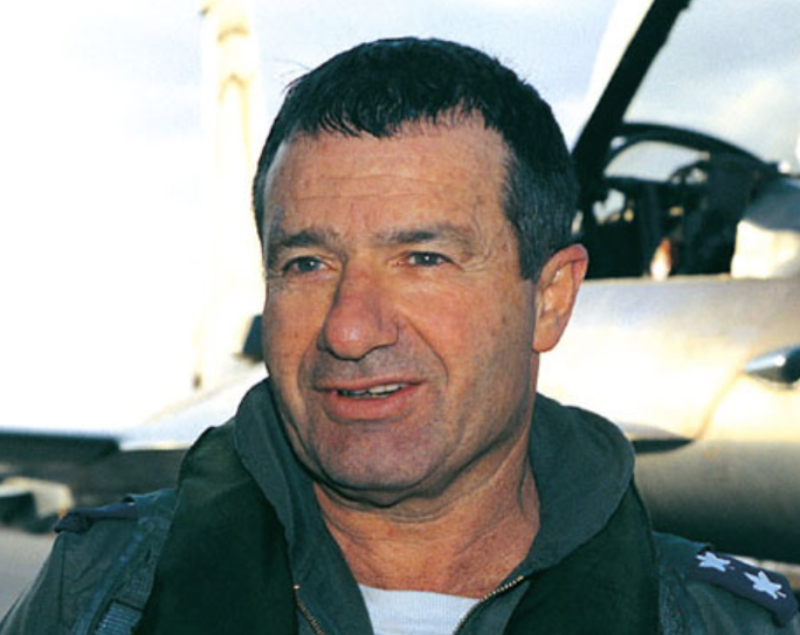 IDF Spokesperson's Unit, CC BY-SA 3.0, Wikimedia Commons
IDF Spokesperson's Unit, CC BY-SA 3.0, Wikimedia Commons
Cesar Rodriguez
A pilot during the first Gulf War, Cesar Rodriguez was one of only four American pilots to come close to the title of “ace” since the Vietnam War when he retired in 2007. Rodriguez had 3 confirmed air-to-air kills. An “ace” has to accumulate at least 5 across their career.
 United States Air Force, Wikimedia Commons
United States Air Force, Wikimedia Commons
Anatoly Kvochur
Russia's Anatoly Kvochur is a pilot whose skills are not based on the number of kills he’s made during his career. Considered one of the best Russian pilots ever, Kvochur is known for his low-level flying. During one demonstration a bird impacted his aircraft and Kvochur was able to both eject and safely steer the disabled plane away from watching crowds.





